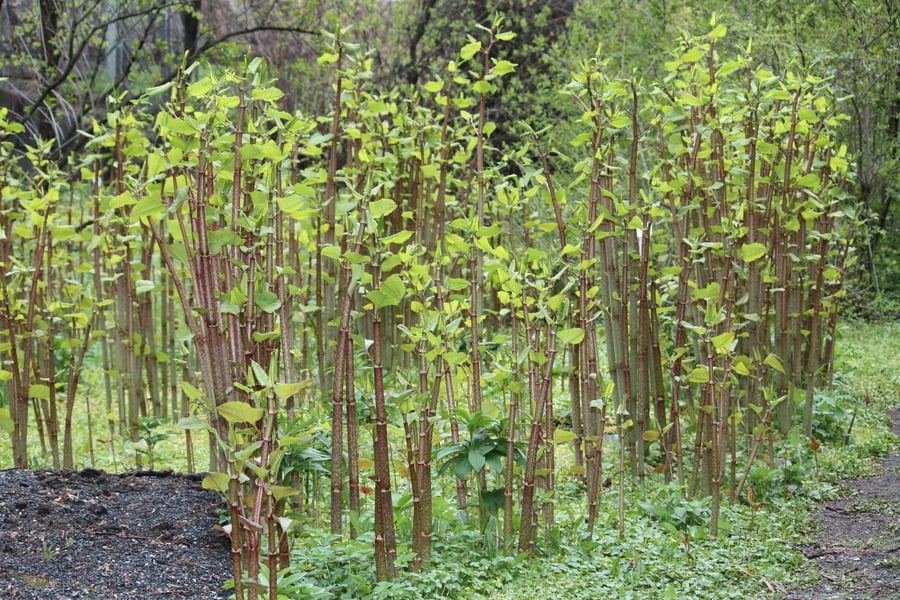It enables property professionals, developers, surveyors and conveyancing solicitors to build a picture of local knotweed sightings and assess the potential risk to a property or site.

Environet UK has launched Exposed: The Japanese Knotweed Heatmap, a knotweed tracking tool providing an interactive online heatmap of Japanese knotweed sightings across the UK.
It enables property professionals, developers, surveyors and conveyancing solicitors to build a picture of local knotweed sightings and assess the potential risk to a property or site.
Nic Seal, founder and managing director of Environet, who createdExposed, said:“This heatmap will enable us to build a nationwide picture of the Japanese knotweed problem and help property professionals to assess the risk locally, when dealing with residential property transactions. High risk results should prompt further investigation with an on-site Japanese knotweed survey.
“The site is already well populated, but this is an ongoing project. The more people who report sightings, the more effective it will become.”
It has already been populated with thousands of infestations by leading Japanese knotweed firm Environet UK, which has operated in the residential and commercial knotweed remediation sector for over 20 years.
Exposed: The Japanese Knotweed Heatmap,the only live tool of its kind, allows users to enter a postcode to discover the number of reported knotweed sightings nearby.
Knotweed hotspots are clearly visible in yellow or red, with areas such as Wales, Bristol, Manchester and the Isle of Wight particularly badly affected. In Cardiff, there are 414 occurrences within a 4km area of the city centre.
Where a high number of knotweed sightings appear nearby, homebuyers may be encouraged to instruct a Japanese knotweed survey to check the likelihood of the property they intend to buy being affected or at risk of encroachment from infestations in the vicinity.
However, if no sightings are shown locally, this does not guarantee that knotweed is not present, as it may not have yet been reported.
Similarly, those who are concerned about knotweed infestations near a property could consider purchasing a specialist Japanese knotweed indemnity policy.
This covers them for the cost of treatment, repairs, legal costs arising from third party claims and any diminution of the property’s value, should knotweed arise.
People are encouraged to help populate the heatmap by reporting knotweed infestations using the ‘Add Sighting’ feature and attaching a photograph of the plant so it can be verified by experts.
Introduced to the UK in the 1840s as an ornamental plant, Japanese knotweed now grows rampantly along railways, waterways, in parks and gardens and is notoriously difficult to treat. Its presence can prevent a mortgage lender approving a loan and therefore impact a property’s value by up to 10%.
Described by the Environment Agency as “indisputably the UK’s most aggressive, destructive and invasive plant”, Japanese knotweed’s rapid spread across the UK has prompted a Parliamentary Inquiry into its impact on the built environment, which is expected to release its findings shortly.



